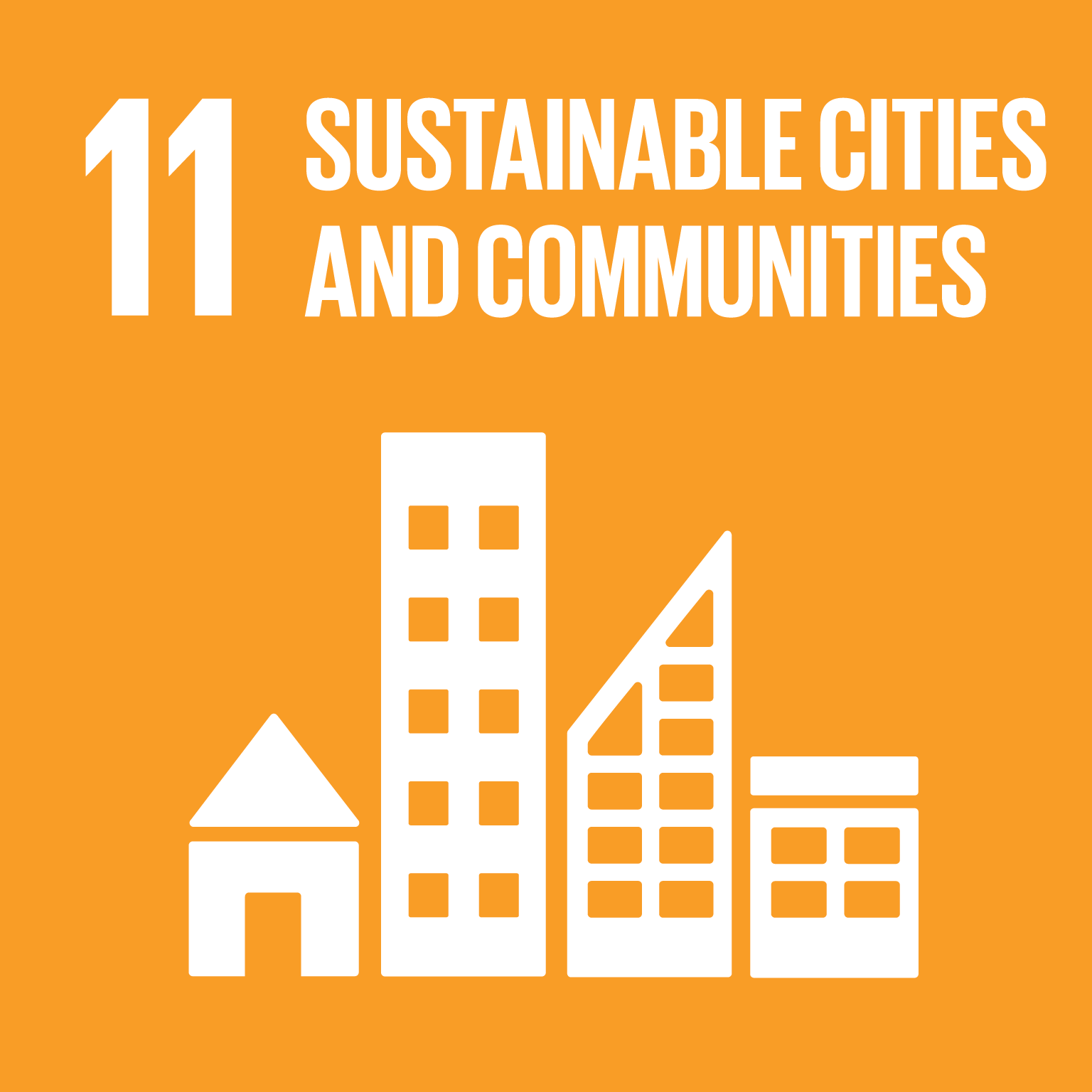
The broad range of data and information needed to effectively monitor land-related indicators in the Sustainable Development Goals (SDGs) framework has been either inaccessible, unavailable, or dispersed across various repositories. In the wake of the UN Decade of Action, land actors globally including the custodian agencies responsible for monitoring and reporting on land indicators in the SDGs framework are challenged to step up their efforts to accelerate access to disaggregated land data for policy decisions that leave no one behind. Access to regular, quality, and sex-disaggregated land data is key to measuring progress on key targets in the SDGs including those related to fighting poverty, increasing food security, gender equality and rights, access to adequate housing and achieving land degradation neutrality.
The land-related indicators are all classified as Tier II or I. Tier II means that indicators have conceptual clarity, an internationally agreed comparable methodology and standards for data collection and computing the indicators as developed by custodians in collaboration with NSOs, land administration institutions and stakeholders. To achieve Tier I status, at least 50 percent of all countries in all regions including small islands and states need to be reporting on the indicators regularly. In addition to the challenges of upgrading to Tier I, the COVID-19 pandemic has impeded the data collection, monitoring, and reporting of custodian agencies, organisations, and other data agencies.
Originally established by the Land Portal Foundation and the Global Land Tool Network (GLTN) in 2017 with the financial support of the Omidyar Network and long-term support of the UK's Foreign, Commonwealth & Development Office (FCDO), the SDG Land Tracker is maintained with ongoing support from Germany's Deutsche Gesellschaft für Internationale Zusammenarbeit (GIZ).
Indicator narratives are updated in concert with custodian agencies, which are United Nations bodies and other international organizations responsible for compiling and verifying country data and metadata, and for submitting the data, along with regional and global aggregates, to the United Nations Statistics Division (UNSD).
The Global Land Indicators Initiative (GLII)
The initiative was established in 2012 by the joint effort of the United Nations Human Settlements Programme (UN-Habitat), the World Bank, and Millennium Challenge Corporation (MCC). Hosted by the Global Land Tool Network, the Global Land Indicators Initiative (GLII) is mandated to facilitate the monitoring of land tenure and governance issues at scale through the development of nationally applicable and globally comparable land indicators. Bringing together over 50 global partners including CSOs, INGOs, donors, national and regional data institutions, UN agencies, researcher and academics, and the private sector, GLII coordinates and convenes dialogues on land monitoring and impact evaluation. The initiative also brings together experts and practitioners to share best practices and to develop data tools and protocols. It also facilitates country-led data collection through capacity strengthening for NSOs and land administration agencies.
GLII developed 15 nationally applicable and global comparable land indicators in the four areas land tenure security for all, land and conflict, land administration services, and sustainable land use management. In collaboration with members of the Global Donor Working Group on Land and other partners, GLII was instrumental in advocating for the inclusion of some of the GLII indicators in the SDGs monitoring frameworks including indicator 1.4.2, 5.a.1, and 5.a.2.
UN Sustainable Development Solutions Network
As an initiative of the UN Secretary General, the UN Sustainable Development Solutions Network (SDSN) draws on the expertise of a diverse set of stakeholders to provide technical guidance on SDG-implementation to national and local governments; identify cutting-edge innovations that can be taken to scale; and encourage integrated approaches to sustainable development problem-solving that transcend traditional sectoral boundaries. One of 12 multi-stakeholder thematic networks established in support of these objectives, the Thematic Network on Good Governance of Extractive and Land Resources was launched as an expanded network of experts and practitioners. The Network provides a platform to share updates and lessons learned with relevant communities of practice, mobilize partnerships, and facilitate collaboration at the nexus of sustainable development and the governance of natural resources.
Global Donor Platform for Rural Development
The Global Donor Platform for Rural Development is a network of 38 bilateral and multilateral development agencies, international financing institutions and intergovernmental organisations. The Platform was formed in 2003 through the collective action to lobby for increased public and private investments in agriculture and rural development. More specifically, in 2013, the Global Donor Platform established the Global Donor Working Group on Land. The working group has been a key player in advocating for the Voluntary Guidelines on the Responsible Governance of Tenure (VGGT) and has supported dialogue spaces where land and development experts can share their lessons on the implementation of the VGGT.
The Group also strongly advocated to mainstream tenure issues in the Agenda 2030 and endorsed the inclusion of land indicators under the goals that aim alleviating poverty, enhancing gender equality, and promoting sustainable cities and communities. Its core functions are to provide for better coordination & knowledge exchange on land governance programmes, as well as to jointly advocate the relevance of land issues in policy processes which affect international development.
International Land Coalition (ILC)
The International Land Coalition is a global alliance of civil society and farmers' organisations, United Nations’ agencies, NGOs and research institutes. In collaboration with other initiatives, such as Prindex and GLII, the ILC is currently working on a people-led monitoring tool, known as the Dashboard. The Dashboard aims to monitor the overall status of land governance at national level, based on people centered approaches, in order to influence decision making processes such as the SDGs. Furthermore, the ILC has published an e-learning module on this same topic.
![]()
Tier status for SDGs indicators
- Tier 1: Established and data being produced
- Tier 2: Established but no regular data
- Tier 3: No established methodology





